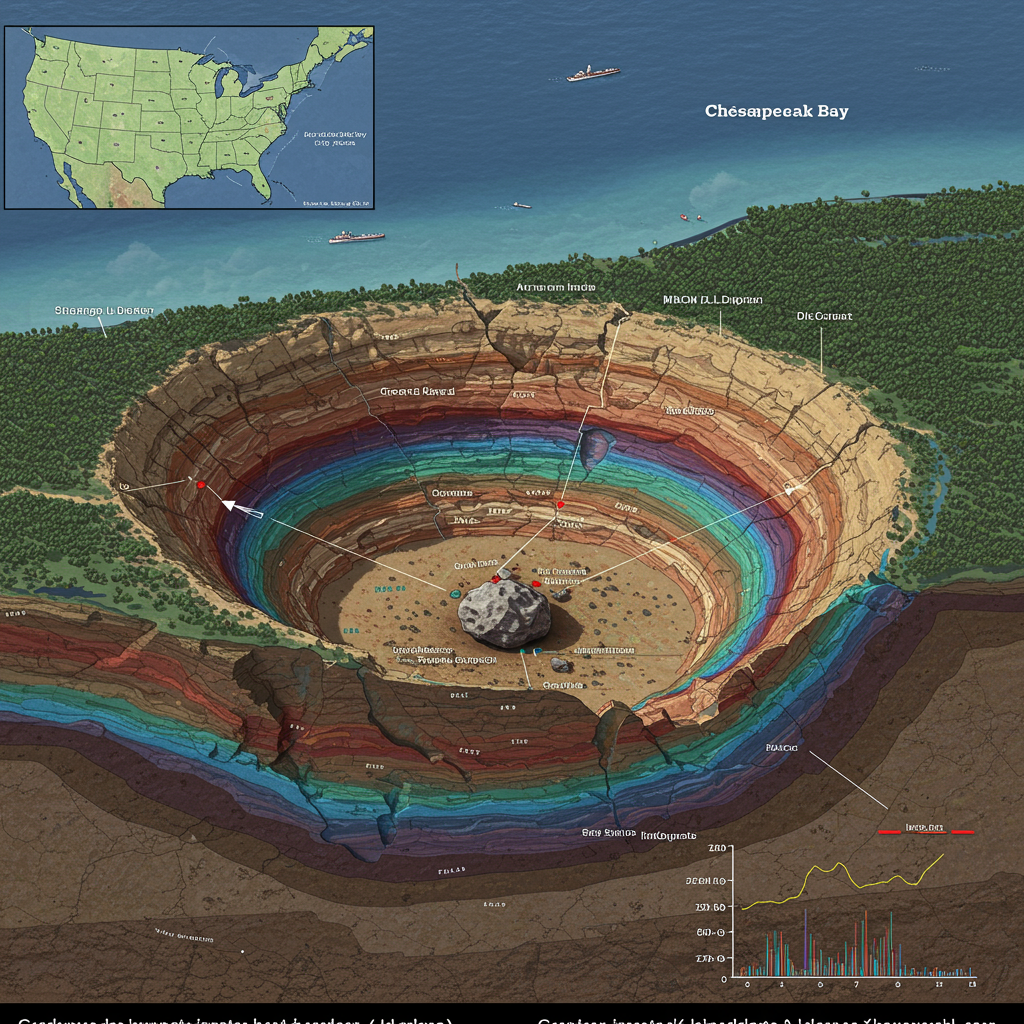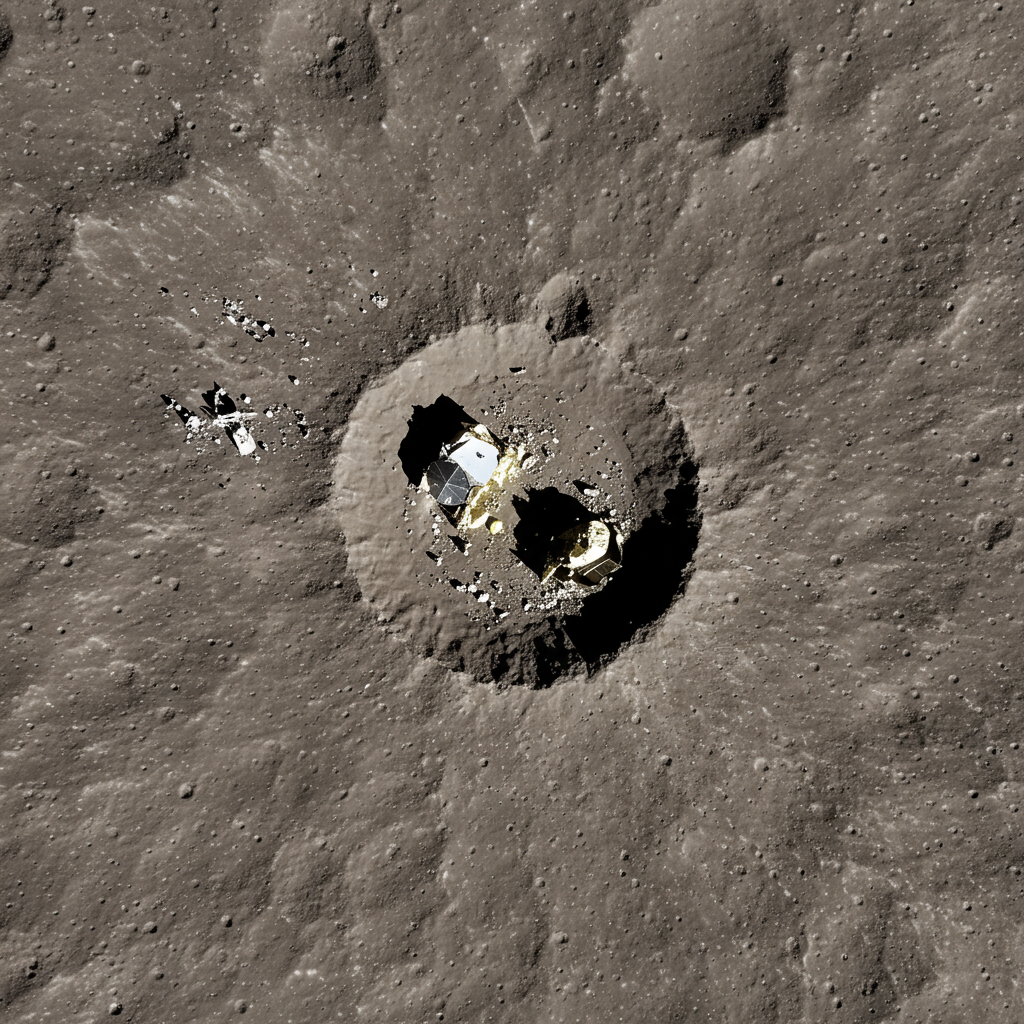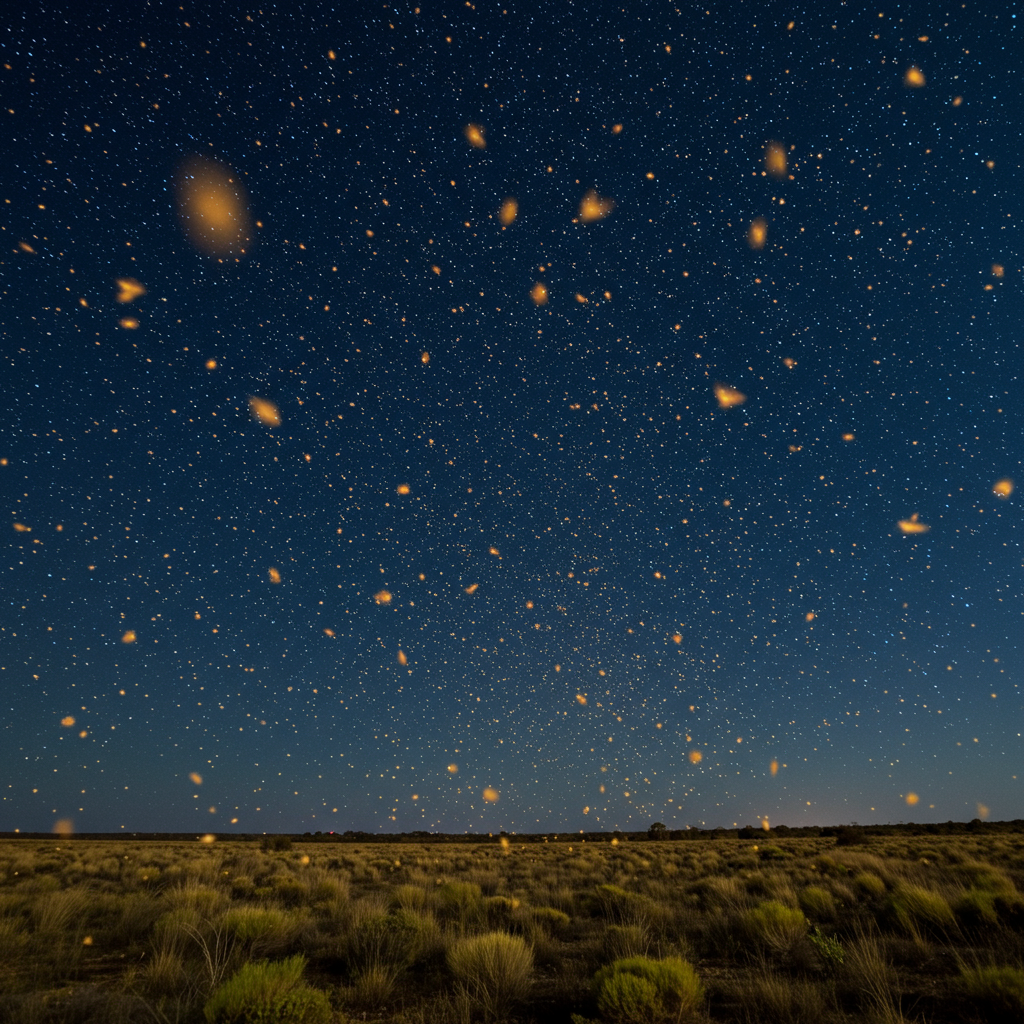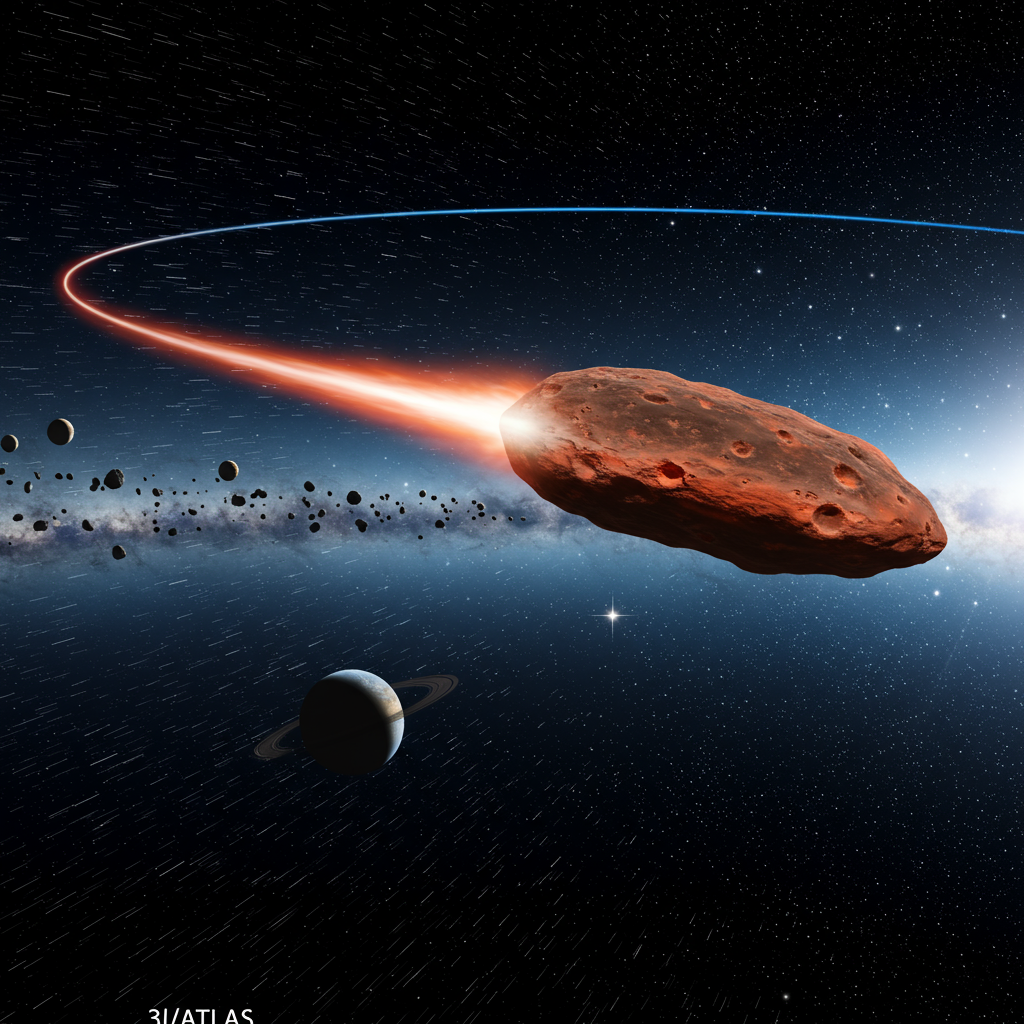Beneath the familiar waters and sediment layers of the chesapeake Bay lies a secret from deep time. It’s the scar left by a catastrophic event that reshaped the ancient landscape of the East Coast of North America. Roughly 35 million years ago, a massive asteroid hurtled towards Earth, colliding with the Atlantic Ocean off the coast of what is now Virginia and Maryland. This impact wasn’t just big; it was monumental, creating the largest known impact crater in the United States, now buried and largely unseen beneath the bay. Recent scientific discoveries have peeled back millions of years of history to reveal the details of this ancient, powerful collision and its lasting legacy on the region’s geology. Understanding this hidden structure offers valuable insights into Earth’s past and the potential consequences of cosmic impacts.
A Cataclysmic Blast Off the Ancient Coast
Imagine a force so immense it could trigger widespread devastation across an area larger than many modern states. That’s precisely what happened about 35 million years ago. An asteroid, estimated to be a couple of kilometers wide, slammed into the shallow waters of the Atlantic Ocean. The sheer energy released upon impact was staggering.
The consequences were immediate and apocalyptic for the surrounding region. Enormous fires likely ignited across vast forests. Powerful shockwaves ripped through the crust, triggering massive earthquakes. Molten rock and vaporized material were hurled miles into the atmosphere, raining back down as intensely hot glass fragments. A towering air blast flattened everything in its path, and a colossal tsunami swept across the coastal plains, dramatically reshaping the land. The sheer scale of this single event was enough to fundamentally alter the geography of the ancient East Coast.
The Scale of the Scar
The direct result of this incredible impact was the formation of a gigantic crater. Scientists estimate the main crater structure is approximately 25 miles (about 40 kilometers) across. While massive, this was just part of a much larger disturbance zone. The impact shattered bedrock to incredible depths and created a complex, multi-ringed structure that extends even further. Over subsequent millennia, layers of sand, clay, and other sediments gradually filled and covered this enormous depression. This natural burial process rendered the crater invisible from the surface, hiding it away for millions of years until modern scientific techniques could uncover its presence.
Unearthing a Hidden Giant
For millions of years, the Chesapeake Bay impact crater remained Earth’s secret, obscured by sediment. Its existence wasn’t even suspected until the early 1990s. Geological investigations, particularly those involving drilling operations for groundwater resources and marine geophysical surveys in the Chesapeake Bay area, began to reveal unusual subsurface structures. Data from these surveys hinted at a massive, buried anomaly unlike typical sedimentary layers.
These initial clues spurred further scientific inquiry. Researchers utilized advanced techniques like seismic surveys, which send sound waves into the Earth and measure their reflections, to map the buried geology. They also undertook deep drilling projects within and around the suspected structure, retrieving core samples of rock and sediment. Analyzing these cores provided irrefutable evidence: the complex, fractured rocks, shocked minerals, and mixed debris were clear indicators of an extraterrestrial impact event. This confirmed the presence of a colossal impact site hidden beneath the bay. Today, this structure is recognized as the largest impact crater in the United States and ranks among the largest known impact craters on Earth, often cited as the 15th largest globally, though some studies place it even higher in rankings focused on specific time periods or crater types.
Raining Glass: The Vast Ejecta Blanket
The violence of the asteroid collision didn’t just carve out a crater; it also blasted an immense volume of material into the upper atmosphere and even into space. This ejected material included vaporized rock, melted minerals, and fragments of the target site. As this superheated plume expanded and cooled, it condensed into tiny, glassy droplets known as tektites. Shocked mineral crystals, particularly zircon, bearing the tell-tale signs of extreme pressure and heat, were also propelled skyward.
This airborne debris eventually rained back down over an enormous area. The resulting deposit is known as the North American tektite strewn field. This field is truly massive, spanning approximately 4 million square miles – an area roughly ten times the size of the state of Texas. While significant portions of this ejected material fell back into the ocean near the impact site, vast quantities also landed on the North American continent. Finding these tektites and shocked minerals far from the impact point provided crucial evidence supporting the hypothesis of a single, powerful event centered near the Chesapeake Bay.
Piecing Together the Ancient Timeline
Pinpointing the exact age of such ancient events requires sophisticated scientific methods. To determine the precise timing of the Chesapeake Bay impact, scientists turned to samples obtained from deep-sea cores. One key source was Ocean Drilling Project (ODP) site 1073, located in the Atlantic Ocean hundreds of kilometers northeast of the impact site. Sediments at this site contain layers of ejecta from the impact.
A research team, including scientists like Marc Biren, Jo-Anne Wartho, Matthijs Van Soest, and Kip Hodges from institutions including Arizona State University, analyzed shocked zircon crystals found within these sediment layers. Zircon is incredibly durable and can preserve evidence of the intense conditions of an impact. Using uranium-thorium-helium dating, a precise radiometric dating technique, they were able to analyze these shocked crystals. This method allowed them to accurately determine when the crystals cooled after being heated and ejected by the impact. Their research, published in Meteoritics & Planetary Science, provided a precise date for the asteroid strike, confirming the 35-million-year timeline and offering insights into the cooling and settling process of the vast debris cloud.
The Unexpected Climate Question
Given the immense scale of the Chesapeake Bay impact – comparable in energy release to countless atomic bombs – it seems logical to assume it would have caused significant, long-lasting changes to Earth’s climate. Large impacts can inject vast amounts of dust and aerosols into the atmosphere, potentially blocking sunlight and causing global cooling, as is thought to have happened with the asteroid linked to the extinction of the dinosaurs 66 million years ago (the Chicxulub impact).
However, a more recent study published in Communications Earth & Environment presented a surprising finding. This research, which examined the isotopic composition of tiny fossilized seafloor creatures (foraminifera) from sediments that recorded climate conditions over 150,000 years around the time of the Chesapeake impact (and another large impact in Russia roughly 25,000 years earlier), found no evidence of sustained, long-term climate disruption. The planet, at least according to this study’s data resolution (sampling roughly every 11,000 years), seemed to “carry on as usual” over the long term.
This doesn’t mean there were no immediate, catastrophic local or regional climate effects, such as temporary darkness from dust or rapid temperature swings. However, the study suggests that, unlike the Chicxulub event, the Chesapeake impact did not trigger a prolonged global climate shift detectible in the deep-sea fossil record over tens of thousands of years. This highlights the complex factors that determine an impact’s global environmental consequences, which go beyond just the size of the crater.
Why the Hidden Chesapeake Crater Matters
The discovery and study of the Chesapeake Bay impact crater are far more than just an academic exercise. It’s a key to understanding several important aspects of our planet’s history and geology.
First, it provides a tangible example of the profound role asteroid impacts play in shaping planetary surfaces. Studying the crater’s structure helps scientists understand the mechanics of hypervelocity collisions.
Second, the buried crater has had a significant, long-lasting effect on the regional geology. Its fractured bedrock impacts groundwater flow, creating zones of brackish water crucial to the bay’s ecosystem. The subsidence of the land over the crater also contributes to the shape of the modern coastline and challenges coastal communities with ongoing land sinking.
Finally, understanding past impact events like this one is vital for planetary defense efforts. By studying how large asteroids have affected Earth in the past, scientists gain better insights into the potential consequences of future impacts and the importance of monitoring near-Earth objects. The Chesapeake crater stands as a silent reminder of Earth’s dynamic past and the cosmic forces that have helped shape it.
Frequently Asked Questions
What was the Chesapeake Bay impact like?
The Chesapeake Bay impact was a catastrophic event approximately 35 million years ago. An asteroid, estimated around 2 kilometers wide, struck the Atlantic Ocean off the coast of North America. The impact generated immense energy, causing immediate devastation including widespread fires, massive earthquakes from shockwaves, a powerful air blast, and a giant tsunami that reshaped the coastal landscape. Vaporized rock and debris, including tektites and shocked minerals, were ejected high into the atmosphere, raining down over a huge area across North America.
How was the Chesapeake Bay crater discovered and studied?
The crater was not discovered until the early 1990s. Its presence was revealed through unusual geological data obtained from groundwater drilling operations and marine geophysical surveys beneath the Chesapeake Bay. Subsequent detailed seismic surveys and deep scientific drilling projects confirmed the existence of the massive, buried impact structure. Scientists have studied core samples containing fractured rocks, shocked minerals, and impact ejecta, using techniques like Uranium-Thorium-Helium dating on shocked zircon crystals from sites like ODP 1073 to precisely determine the impact’s age and understand its characteristics.
Did the Chesapeake Bay asteroid impact change Earth’s climate long-term?
While the immediate impact caused localized and regional devastation, recent scientific research suggests it did not trigger a sustained, long-term global climate change over periods of tens or hundreds of thousands of years. A study examining fossilized organisms from deep-sea sediments found no significant, lasting climate shifts directly attributable to the Chesapeake impact (or a similar large impact around the same time). However, this study’s resolution means it would not detect short-term climate changes lasting only decades or centuries.
Conclusion
The discovery of the colossal impact crater buried beneath the Chesapeake Bay is a testament to the dynamic and sometimes violent history of our planet. This ancient scar, hidden for tens of millions of years, serves as a powerful reminder of the forces from space that have shaped Earth. From unleashing apocalyptic tsunamis and earthquakes to scattering debris across a continent, the 35-million-year-old asteroid collision left an indelible mark on the geology of the East Coast. Modern science, employing sophisticated dating methods and geological surveys, has successfully revealed the story of this buried giant. While recent studies offer surprising insights into its potential lack of long-term global climate impact compared to other events, the Chesapeake crater remains a vital site for understanding impact mechanics, regional geology, and the ever-present potential of cosmic visitors.
Word Count Check: 1161




